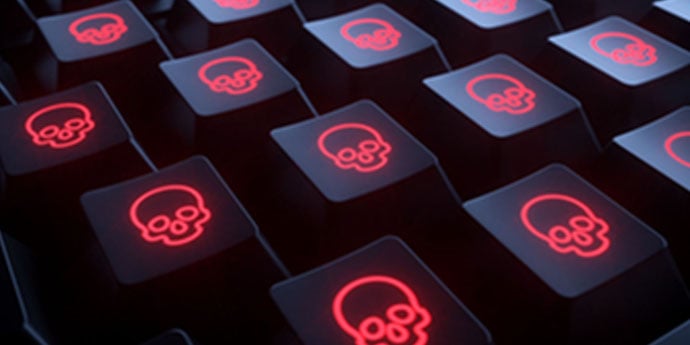
Top Tips on How to Defend Against Ransomware
Find out how ransomware works and read top tips for defending against attacks by securing your business with employee training and endpoint protection tools.…
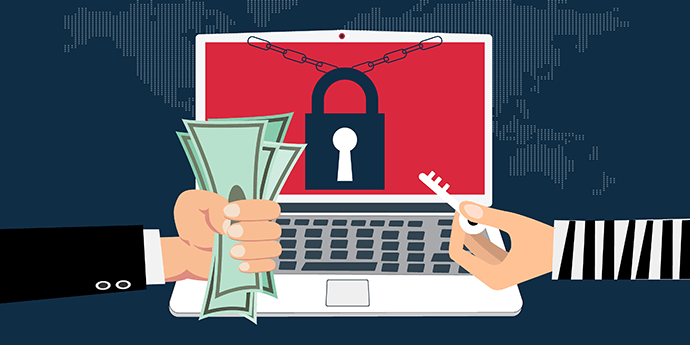
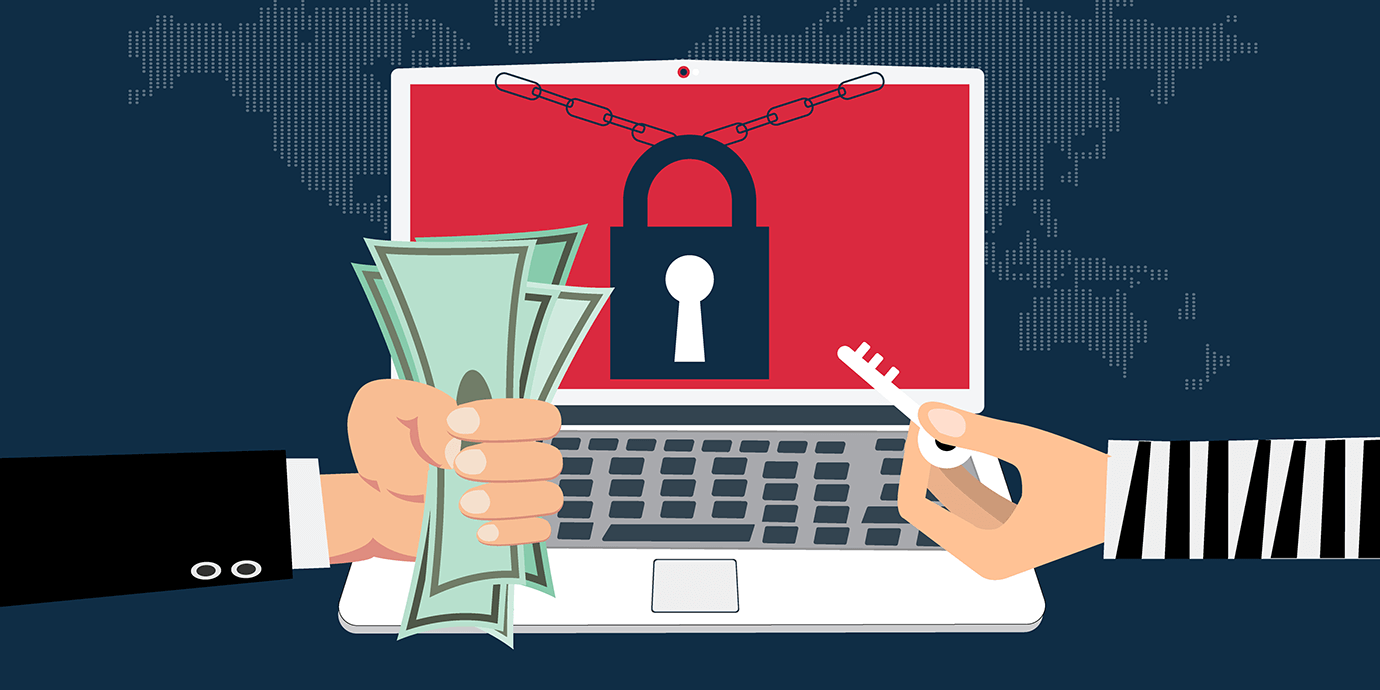


Bradleigh Bishop
SOC Team Lead
08th Aug 2024
In a shocking development that has sent ripples through the cybersecurity world, a company recently paid an unprecedented $75 million ransom to the notorious Dark Angels ransomware group. This staggering sum, paid in early 2024, nearly doubles the previous record for a ransomware payment and serves as a stark reminder of the escalating threat landscape organizations face today. As ransomware attacks continue to surge, it's more important than ever for businesses to understand these threats and implement robust protection measures.
The cybersecurity landscape has become increasingly treacherous, with ransomware attacks surging by 18% between April 2023 and April 2024. This alarming trend highlights the growing sophistication and audacity of cybercriminals, who are targeting organizations of all sizes across various industries.
While the $75 million ransom payment sets a new and troubling record, it's not an isolated incident. Several high-profile companies have fallen victim to ransomware attacks in recent years, resulting in substantial payouts:
Despite these eye-watering sums, we consistently advise against paying ransoms. Paying not only fuels further attacks but often leads to repeat targeting of the same organizations. It's a short-term solution that exacerbates the long-term problem.
The group behind the record-breaking $75 million ransom, known as the Dark Angels, has quickly established itself as a formidable force in the ransomware ecosystem since its emergence in May 2022. Unlike many ransomware groups that cast a wide net and rely on affiliate networks, the Dark Angels take a more methodical approach, focusing on single, high-value targets.
The Dark Angels operate a data leak site called Dunghill and have orchestrated several high-profile attacks. One notable example is their $51 million ransom demand from Johnson Controls, during which they claimed to have exfiltrated an astounding 27 terabytes of data.
This strategic targeting of high-value companies ensures substantial payouts and represents a concerning trend in the evolution of ransomware tactics. The group's ability to steal enormous amounts of data adds another layer of complexity to the threat they pose.
As ransomware groups like the Dark Angels continue to evolve their strategies, organizations must implement comprehensive cybersecurity measures. Here are ten best practices to help protect your organization:
As we've seen with the Dark Angels' tactics, ransomware threats are continuously evolving. We can expect to see more targeted attacks on high-value organizations, increasingly sophisticated social engineering techniques, and potentially the use of AI to automate and scale attacks.
To stay ahead of these evolving threats, organizations need to adopt a proactive, adaptive approach to cybersecurity. This includes staying informed about emerging threats, regularly reassessing, and updating security measures, and fostering a culture of security awareness throughout the organization.
The record-breaking $75 million ransom payment marks a troubling milestone in the ransomware landscape. It highlights the need for enhanced cybersecurity defences and proactive threat management across all organizations.
By implementing the best practices outlined above, organizations can significantly reduce their risk of falling victim to ransomware and ensure better preparedness in the face of evolving cyber threats. Remember, the cost of prevention is almost always lower than the cost of recovery from a successful attack.

Bradleigh Bishop
SOC Team Lead
Share this article
With Defense.com Managed SIEM, your network will be monitored 24/7/365 for suspicious activity, helping to identify threats and prevent breaches. We’ll help you quickly improve your security posture with our fully managed service.

Find out how ransomware works and read top tips for defending against attacks by securing your business with employee training and endpoint protection tools.…
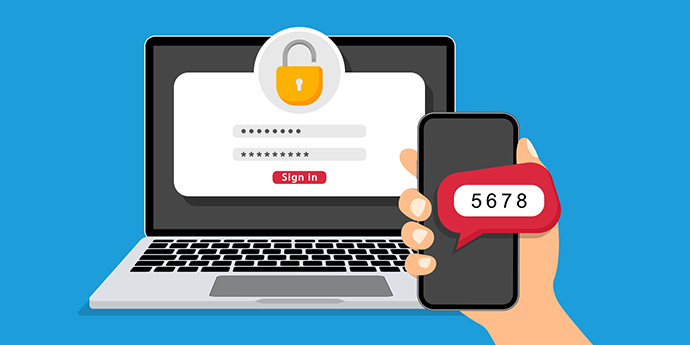
Learn why multi-factor authentication is crucial to strengthening your cybersecurity and prevent unauthorized access, and how you can implement MFA.…

Understand how to conduct a step-by-step cybersecurity risk assessment to help you identify, assess and manage cyber risks that could affect your business.…
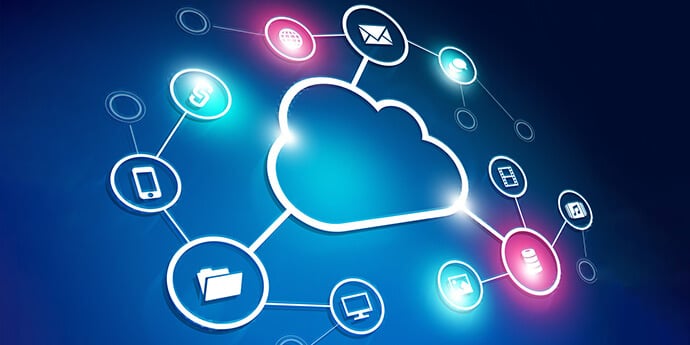
Learn about the security risks involved with cloud computing, how to secure your data, and risk management best practices.…
Get actionable cyber security advice and insights straight to your inbox.